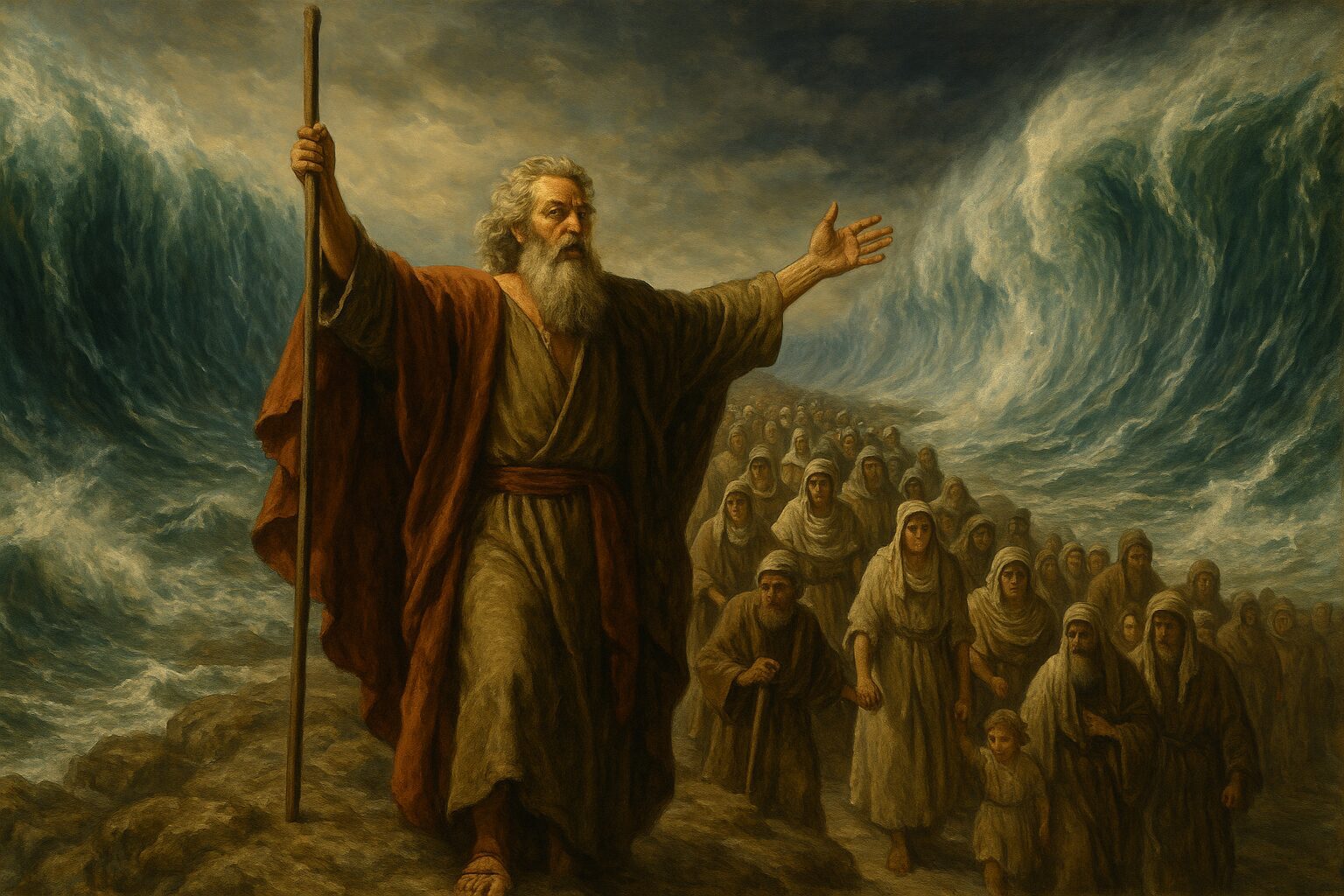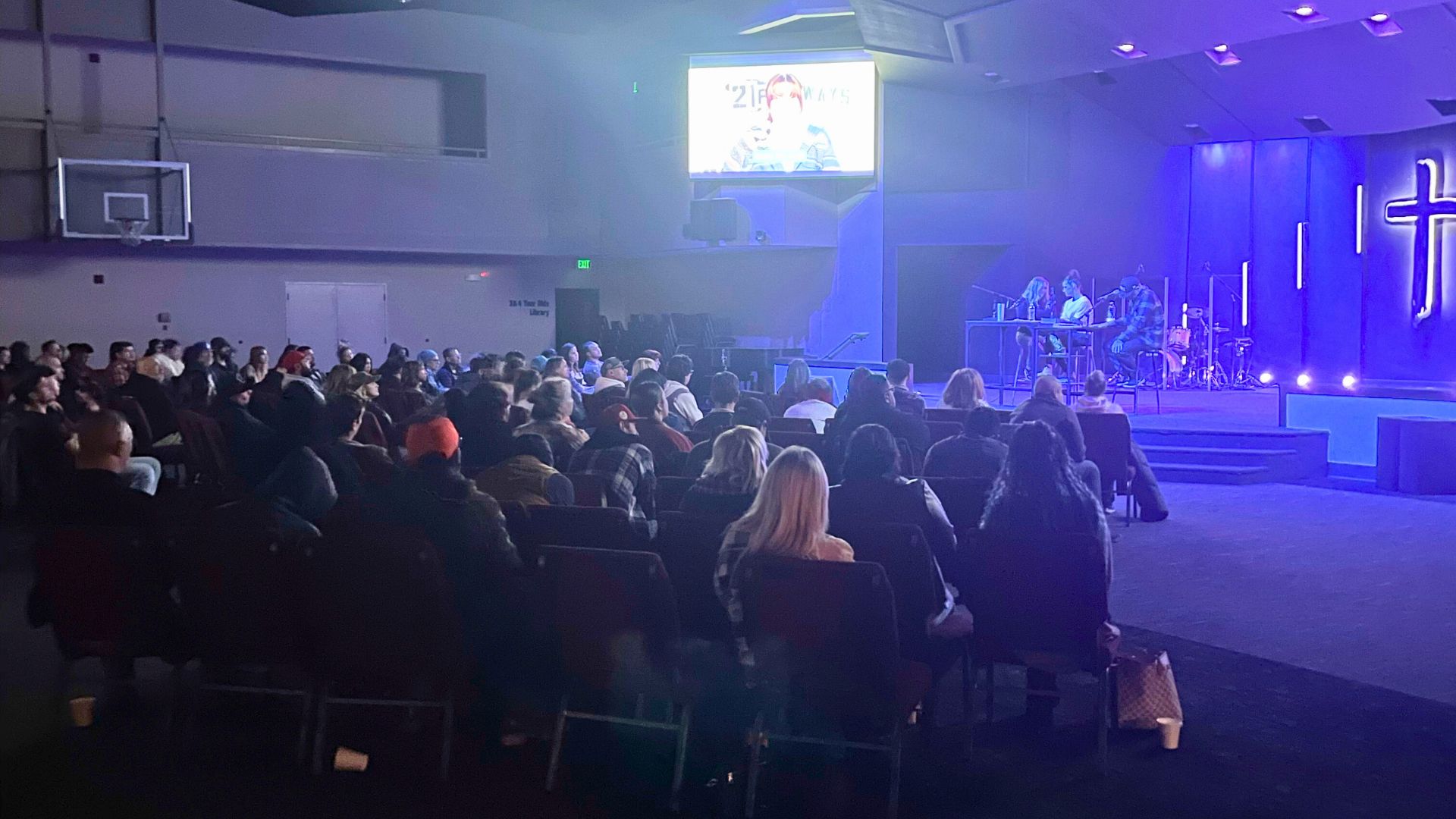Sometimes the path to freedom looks like chaos. When Moses led the Israelites out of Egypt, he wasn’t offering them a comfortable transition – he was leading them into the unknown. Today, this ancient story of liberation speaks directly to anyone walking the challenging path of recovery.
The journey from addiction to sobriety, from trauma to healing, or from mental illness to wellness often mirrors this biblical exodus. Just as the Israelites faced the daunting choice between familiar slavery and uncertain freedom, we too must make that brave decision to leave our own Egypt behind.
The Courage to Leave
Imagine that first step. The Israelites had known nothing but slavery for 400 years. Generation after generation had lived under Pharaoh’s whip. Their work was brutal, their lives expendable, but at least it was predictable. They knew where they’d sleep, what they’d eat, and what each day would bring.
This mirrors the grip of addiction and destructive patterns. The aloneness of the desert is a metaphor for the fears of abandonment that often underlie addictive cravings. Our personal “Egypt” might be toxic relationships, substance abuse, or behavioral patterns that, while harmful, feel safely familiar.
Crossing the Red Sea
The moment the Israelites crossed the Red Sea marked their point of no return. Behind them, Pharaoh’s army approached – the embodiment of their past life charging at them full speed. Ahead lay only uncertainty and faith. When the waters parted, they had to walk through on dry ground, trusting that the walls of water wouldn’t crash down upon them.
In recovery, we all face our Red Sea moment. It might be checking into rehab, cutting ties with enabling friends, or finally admitting we need help. Like the Israelites, we must walk through our fears, knowing we can’t go back to our old lives, even when that seems easier than moving forward.
The Wilderness Years
The direct route from Egypt to Canaan should have taken weeks, not forty years. But God knew, and Moses learned, that the Israelites needed this time in the wilderness. They had to shed their slave mentality before they could become truly free people capable of inhabiting the Promised Land.
Early in their journey, when faced with challenges, the Israelites often cried out, “Were there no graves in Egypt? Why did you bring us out here to die? We had it better as slaves!” This reaction shows how deeply ingrained their bondage mentality was – they’d rather return to abuse than face the uncertainty of freedom.
By leaning into seasons in the wilderness, we turn our focus to a God who hears us, remembers us, sees us, and knows us. Recovery, like the wilderness journey, is about more than just physical distance from our addictions or troubles – it’s about emotional and spiritual transformation.
Modern Applications in Recovery
Today’s recovery journey often follows a similar pattern:
- The Wake-up Call: Just as Moses encountered the burning bush, we experience moments of clarity that demand change.
- Leaving Egypt: Making the decisive break from addictive behaviors or toxic situations.
- The Red Sea Moment: Facing our first major crisis without our old coping mechanisms.
- Wilderness Wandering: The long process of healing, learning, and growing.
- The Promised Land: Finding a new way of life, though the journey never truly ends.
You can’t think your way into right action, but you can act your way into right thinking. This recovery wisdom echoes the Israelites’ journey – they had to physically walk away from Egypt before they could mentally leave their slavery behind.
The Manna Principle
During their desert wandering, God provided manna – exactly enough for each day. The Israelites couldn’t hoard it; they had to trust that tomorrow’s provision would come tomorrow. This teaches us a crucial recovery principle: one day at a time.
In recovery, we often want guarantees about the future. We want to know exactly how everything will work out. But like the Israelites, we must learn to trust the process, taking each day as it comes, and finding sustenance in the present moment.
Leadership and Community
Moses didn’t make this journey alone, and neither should we. He had Aaron and Miriam by his side, and the entire community supported each other (even when they were complaining). Similarly, recovery thrives in community – whether that’s through support groups, counseling, or faith communities.
The Promised Land Perspective
The Promised Land wasn’t the end of the story – it was the beginning of a new one. The Israelites still faced challenges there, but they faced them as free people with a new identity and purpose. Similarly, recovery isn’t about reaching a perfect destination; it’s about gaining the tools and strength to face life’s challenges with dignity and hope.
Conclusion
The Exodus story reminds us that the journey to freedom is rarely straight or simple. Like Moses and the Israelites, we might spend time wandering in our personal wilderness, learning lessons we didn’t know we needed to learn. But each step, even the difficult ones, moves us further from bondage and closer to freedom.
Whether you’re just beginning your recovery journey or have been walking this path for years, remember that even the longest journey begins with a single step. Like Moses, you may not feel qualified or ready, but freedom calls nonetheless. The wilderness may be uncertain, but it’s where transformation happens.
Your Egypt might be trying to hold you back, your Red Sea might seem impossible to cross, and your wilderness might feel endless. But keep walking. The Promised Land of recovery – of a life reclaimed and renewed – awaits on the other side.

